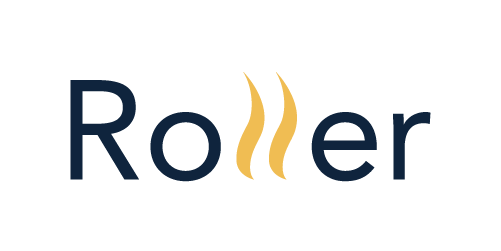
Opportunities and Challenges for Web 3.0 VC Funds
Full of promise is Web 3.0, the decentralized version of the internet based on blockchain technology. Venture Capital (VC) funds are making a beeline for this emerging market, hoping to profit from the ground-breaking innovations it offers. VC funds, however, face a distinct set of obstacles in this exciting frontier that they must overcome to guarantee profitable investments.
Opportunities Abound in the Decentralized Web
Web 3.0 offers a plethora of opportunities for VC funds to explore. Here are some of the most promising areas:
Decentralized Finance (DeFi): DeFi offers peer-to-peer financial services like trading, borrowing, and lending without the need for middlemen, upending traditional finance. Venture capital funds have the opportunity to invest in DeFi protocols, infrastructure suppliers, and platforms that are transforming financial accessibility and inclusion.
Metaverse and NFTs: A network of linked virtual worlds, the metaverse offers intriguing opportunities for ownership and revenue. This virtual economy is based on non-fungible tokens (NFTs), which stand for digital ownership of one-of-a-kind goods. The development of NFT marketplaces, metaverse platforms, and new digital assets can all be aided by venture capital funding.
Web 3.0 Infrastructure: Robust underlying infrastructure is necessary to build a robust Web 3.0 ecosystem. This includes security protocols, Oracle networks that link blockchains to real-world data, and blockchain scalability solutions. These fundamental technologies, which will drive the decentralized web of the future, are investable by VC funds.
The revolution of the DAO (Decentralized Autonomous Organization): DAOs are a new type of collective ownership and governance. The creation of DAO platforms, tools, and initiatives that are revolutionizing how businesses function in the digital era can be aided by venture capital funding.
Challenges Lurk Beneath the Surface
Web 3.0 offers enormous potential, but it also poses serious obstacles that venture capital firms must take into account:
Regulatory Uncertainty: Web 3.0 technologies are still surrounded by a changing regulatory environment. It may be challenging for VC funds to evaluate the long-term viability of particular investments due to this uncertainty.
Technical Complexity: The technologies underlying Web 3.0 are intricate and developing quickly. To make wise investment decisions, venture capital firms require a thorough understanding of blockchain technology, DeFi protocols, and the supporting infrastructure.
Security Vulnerabilities: Exploits and hacks can be used against decentralized systems. Before investing, venture capital funds must carefully assess the security protocols of Web 3.0 projects.
Market Volatility: The Web 3.0 market is very volatile and is still in its infancy. Venture capital funds must be ready for notable swings in the value of their investments.
Strategies for Success in Web 3.0
VC funds can use the following tactics to manage the opportunities and difficulties presented by Web 3.0:
• Develop Expertise: Make a significant investment in assembling a capable team that is well-versed in Web 3.0 technologies and the changing regulatory environment.
• Pay Attention to Long-Term Value: Ignore the flashy headlines and concentrate on initiatives that are developing the core framework and features of Web 3.0.
• Embrace Innovation: Be flexible and prepared to finance innovative business ideas and technologies that are reshaping the decentralized web’s landscape.
• Make security a top priority. To reduce possible risks, thoroughly investigate the security protocols of Web 3.0 projects.
The way we use the internet has changed dramatically with Web 3.0. Venture capital funds that are adept at overcoming obstacles and seizing opportunities will be in a good position to benefit from this game-changing technology. VC funds have the power to significantly influence the direction of the decentralized web by developing expertise, emphasizing long-term value, welcoming innovation, and placing a high priority on security.


